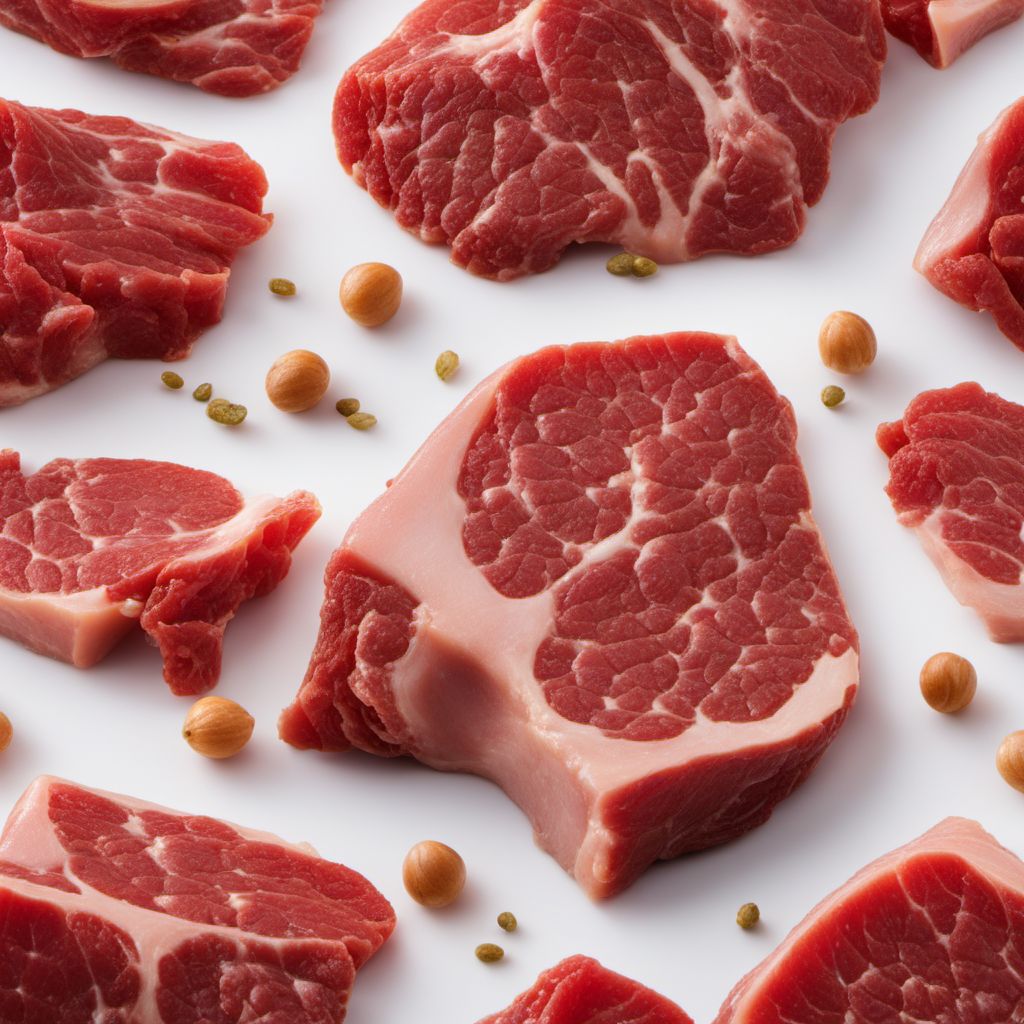
Ingredient
Beef liver
The Nutrient Powerhouse: Beef Liver
Beef liver is a rich, dark red organ meat with a dense and firm texture. It has a distinct flavor that can be described as earthy and slightly metallic. The liver has a smooth surface and is usually sliced into thin pieces for cooking. It is known for its high nutritional content, including vitamins A, B12, and iron.
Origins and history
Beef liver has been consumed for centuries and is a popular ingredient in many cultures around the world. It has a long history of being used in traditional dishes, such as liver pâté, liver and onions, and liverwurst. In some cultures, beef liver is considered a delicacy and is often served during special occasions or celebrations.
Nutritional information
Beef liver is a nutritional powerhouse, packed with essential nutrients such as vitamin A, vitamin B12, iron, and protein. It is also low in calories and fat, making it a healthy choice for those looking to incorporate nutrient-dense foods into their diet.
Allergens
Beef liver may cause allergic reactions in individuals with a known allergy to beef or other meats. It is important to consult with a healthcare professional if you suspect an allergy or have any concerns.
How to select
When selecting beef liver, look for a bright red color with a smooth and shiny surface. Avoid liver that appears discolored, has a strong odor, or feels slimy to the touch. Opt for liver from grass-fed or organic sources for the best quality and flavor.
Storage recommendations
To maintain its freshness, beef liver should be stored in the refrigerator at a temperature below 40°F (4°C). It is best to wrap it tightly in plastic wrap or place it in an airtight container to prevent moisture loss and contamination. Use it within 1-2 days of purchase for optimal quality.
How to produce
Beef liver is typically produced by slaughtering and processing cattle. It is readily available at most grocery stores, supermarkets, and butcher shops. However, if you prefer to produce your own beef liver, it requires specialized knowledge and equipment for safe and proper handling.
Preparation tips
Before cooking beef liver, it is recommended to soak it in milk or lemon juice for a few hours to reduce its strong flavor. It can be pan-fried, grilled, or used in stews and pâtés. Avoid overcooking to prevent it from becoming tough and dry. Pair it with onions, bacon, or tangy sauces to complement its rich flavor.
Substitutions
Chicken liver can be used as a substitute for beef liver in most recipes, although it has a milder flavor. For a vegetarian option, tofu or tempeh can be used as a substitute for the texture, but the flavor will be different.
Culinary uses
Beef liver is commonly used in dishes such as liver and onions, liver pâté, liverwurst, and liver curry. It is also used as an ingredient in traditional dishes from various cuisines around the world, including French, Italian, and Asian cuisines.
Availability
Beef liver is widely available in most regions where beef is consumed. It is commonly cultivated and sold in North America, Europe, and Asia.
More ingredients from this category
Recipes using Beef liver » Browse all
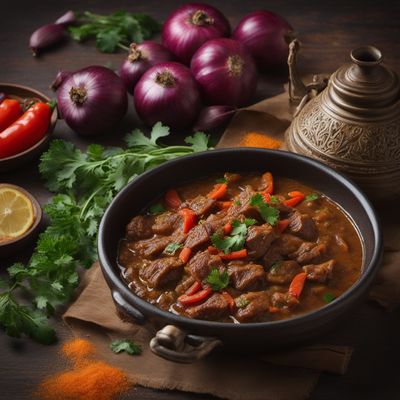
Turkmen-style Quarnita-bit-tewm
Savory Turkmen Delight: Quarnita-bit-tewm with a Twist

Shchavel Borsch
Savory Sorrel Borsch: A Russian Delight

Haipai Beef Stew
Savory Fusion: Haipai Beef Stew with a Mexican Twist

Tablier de Sapeur - Crispy Tripe Fritters
Sapeur's Delight - A Crunchy French Tripe Delicacy

Bollito Ripieno with Savory Herb Stuffing
Italian Delight: Savory Stuffed Bollito

Chicago-style Jjapaguri
Savory Fusion Noodles: Chicago-style Jjapaguri

Grilled Beef Intestines with Korean Flavors
Sizzling Gopchang: A Korean Delight on the Grill
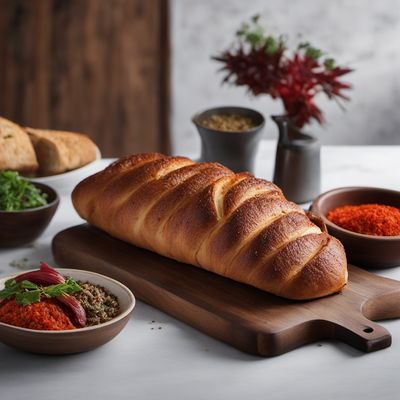
Pringá Stuffed Bread
Savory Spanish Delight: Pringá Stuffed Bread

German Beef Rouladen with Mustard and Pickles
Savory German Beef Rolls: A Delightful Blend of Flavors
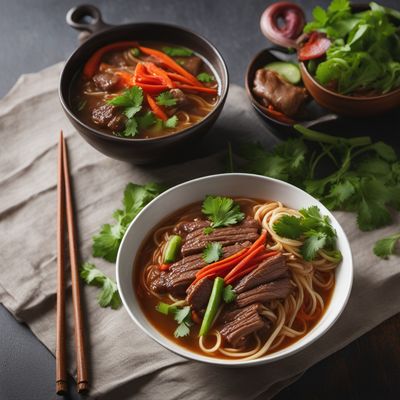
Ugandan-style Beef Noodle Soup
Savory Ugandan Noodle Delight
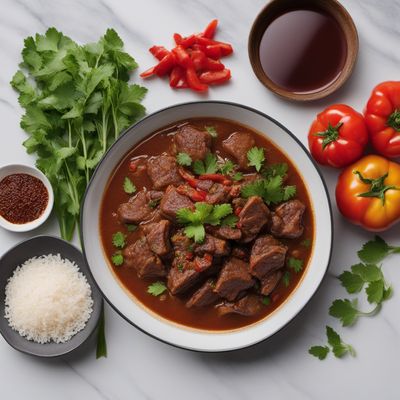
Eneksa Agaga - Filipino-American Style
Savory Beef Stew with a Filipino-American Twist

Chiles Veracruzanos with a Twist
Spicy Stuffed Peppers: A Flavorful Twist on Chiles Veracruzanos